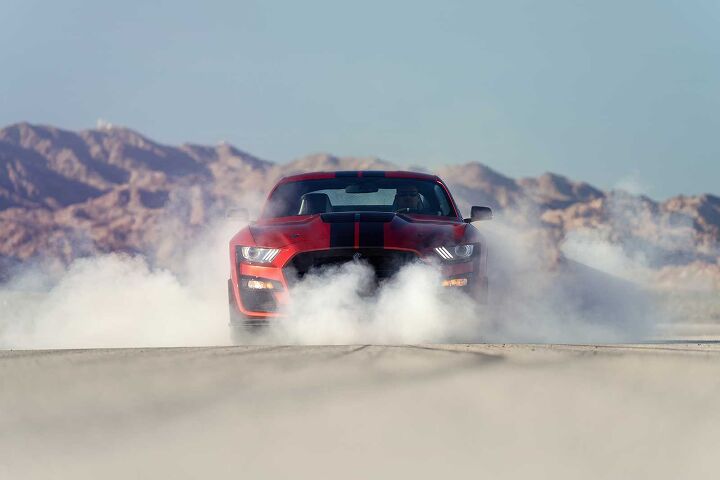EPA Moves To Walk Back Biden Emissions Regulations

The U.S. Environmental Protection Agency announced Wednesday that it is moving to reverse the Biden administration’s vehicle emissions regulations, which aimed to push automakers toward greater electric vehicle production.
Key Points
- The U.S. Environmental Protection Agency is moving to reverse Biden-era vehicle emissions rules that aimed to increase electric vehicle production
- The agency is reconsidering emissions standards for passenger vehicles and heavy-duty trucks, arguing that previous regulations made vehicles more expensive
- The Department of Transportation is also rolling back fuel economy rules, freezing EV charging funding, and reconsidering emissions targets for trucks and vans
The decision is part of the Trump administration’s targeted efforts to roll back EV-focused policies, including rescinding the previous target that called for at least 50% of new vehicles sold by 2030 to be electric. The EPA now plans to review its 2024 emissions standards, which were set to reduce passenger vehicle fleetwide tailpipe emissions by nearly 50% by 2032 compared to projected 2027 levels. Under those rules, between 35% and 56% of new vehicle sales between 2030 and 2032 were expected to be EVs.
The EPA is also reconsidering a 2022 rule targeting emissions from heavy-duty trucks. That regulation imposed emissions standards that were 80% more stringent than prior limits, with the agency estimating it would prevent up to 2,900 premature deaths annually and generate $29 billion in annual net benefits. Critics argued the rule made trucks more expensive.
In a separate move, the EPA previously submitted California’s 2035 gasoline vehicle ban to Congress for review and potential repeal, though a government agency has since stated that the decision is not reviewable. Meanwhile, Congress is still considering repealing federal EV tax credits.
The Department of Transportation has also taken steps to roll back fuel economy rules. Transportation Secretary Sean Duffy previously froze EV charging funding for states and rescinded Biden-era fuel efficiency targets. In June, the National Highway Traffic Safety Administration (NHTSA) had set Corporate Average Fuel Economy (CAFE) requirements to increase to 50.4 mpg by 2031 from the current 39.1 mpg, estimating the rule would cut gasoline consumption by 64 billion gallons through 2050 while reducing emissions by 659 million metric tons.
However, Duffy has now directed NHTSA to reconsider those standards, particularly for heavy-duty pickup trucks and vans.
Become an AutoGuide insider. Get the latest from the automotive world first by subscribing to our newsletter here.

An experienced automotive storyteller and accomplished photographer known for engaging and insightful content. Michael also brings a wealth of technical knowledge—he was part of the Ford GT program at Multimatic, oversaw a fleet of Audi TCR race cars, ziptied Lamborghini Super Trofeo cars back together, been over the wall during the Rolex 24, and worked in the intense world of IndyCar.
More by Michael Accardi



































Comments
Join the conversation
Interesting that the reasoning frequently seems to be “it increases cost”. This doesn’t seem to stop the same administration from dramatically increasing costs through unnecessary tariffs. Sounds like smoke and mirrors to me.
I visited LA in the 60’s and 70’s and the air was horrible. Pollution controls have been a very good. However at a certain point the maximum possible good has been done; the amount of future gain is negligible, and the law of diminishing returns tells us that smaller and smaller improvements cost more and more to achieve.
Furthermore LA is not the United States. Rules good for LA are an unnecessary expense for almost all of the rest of the country.